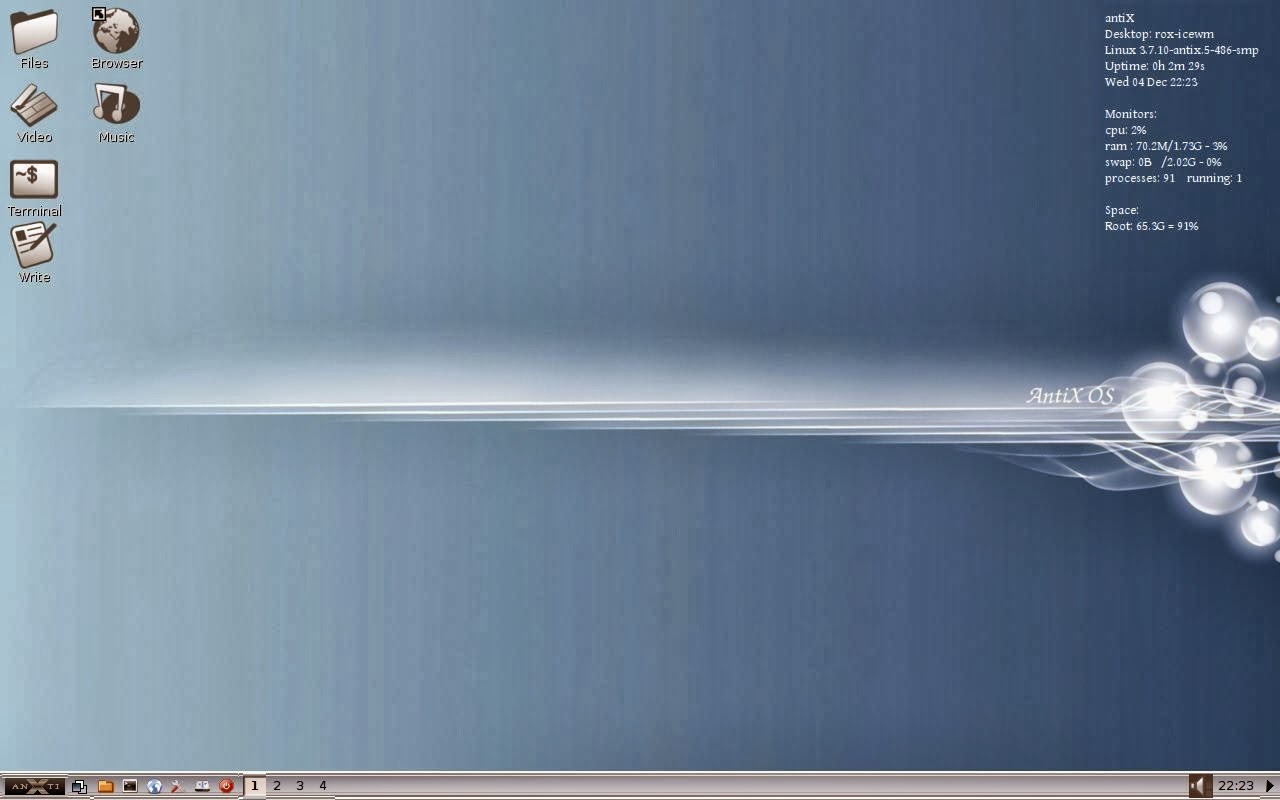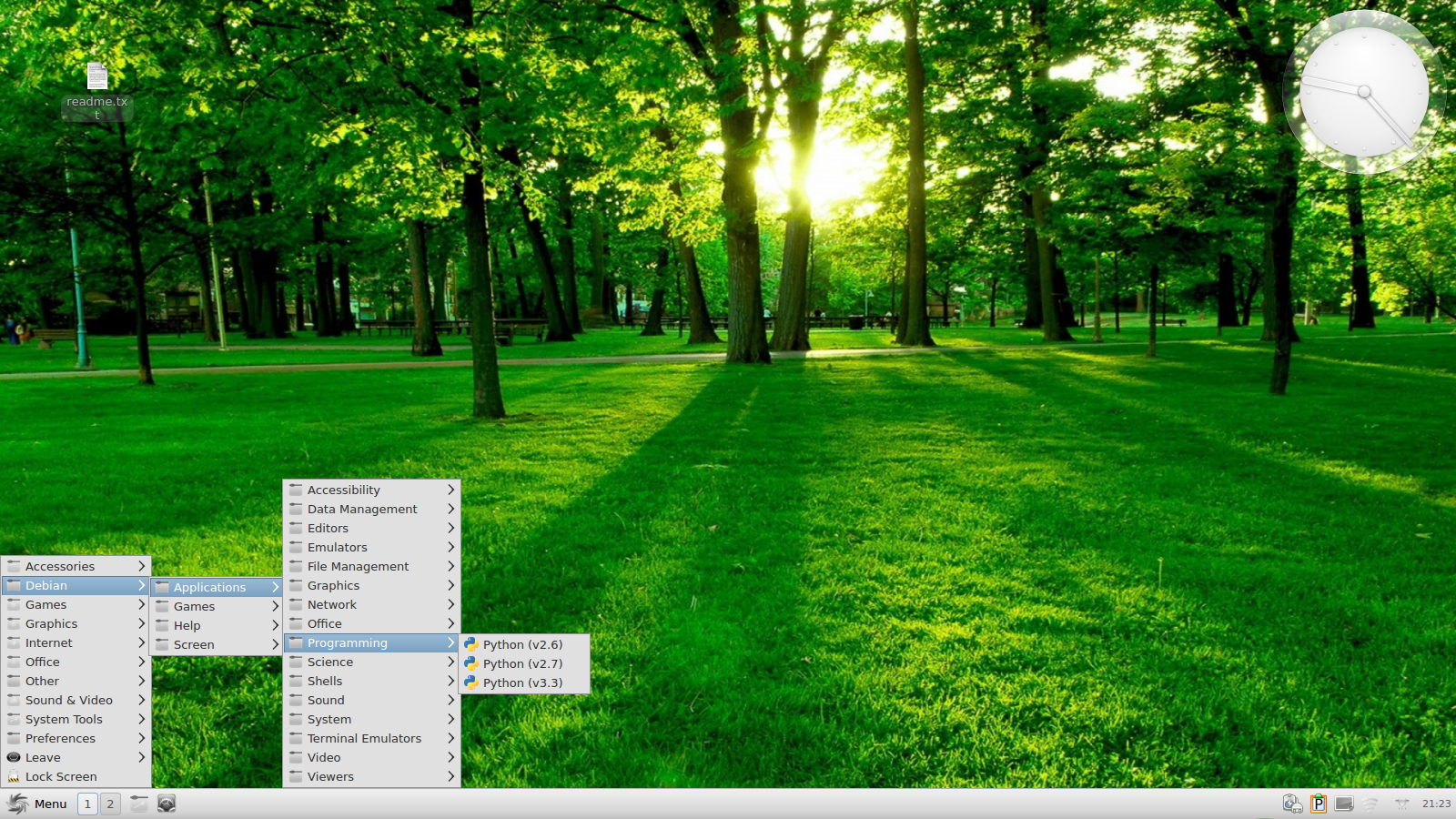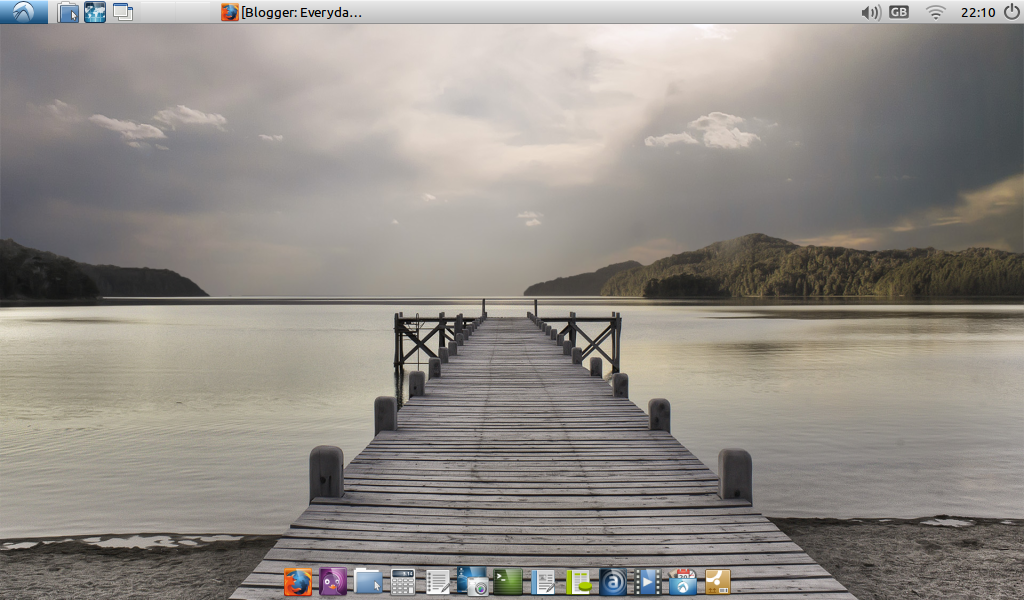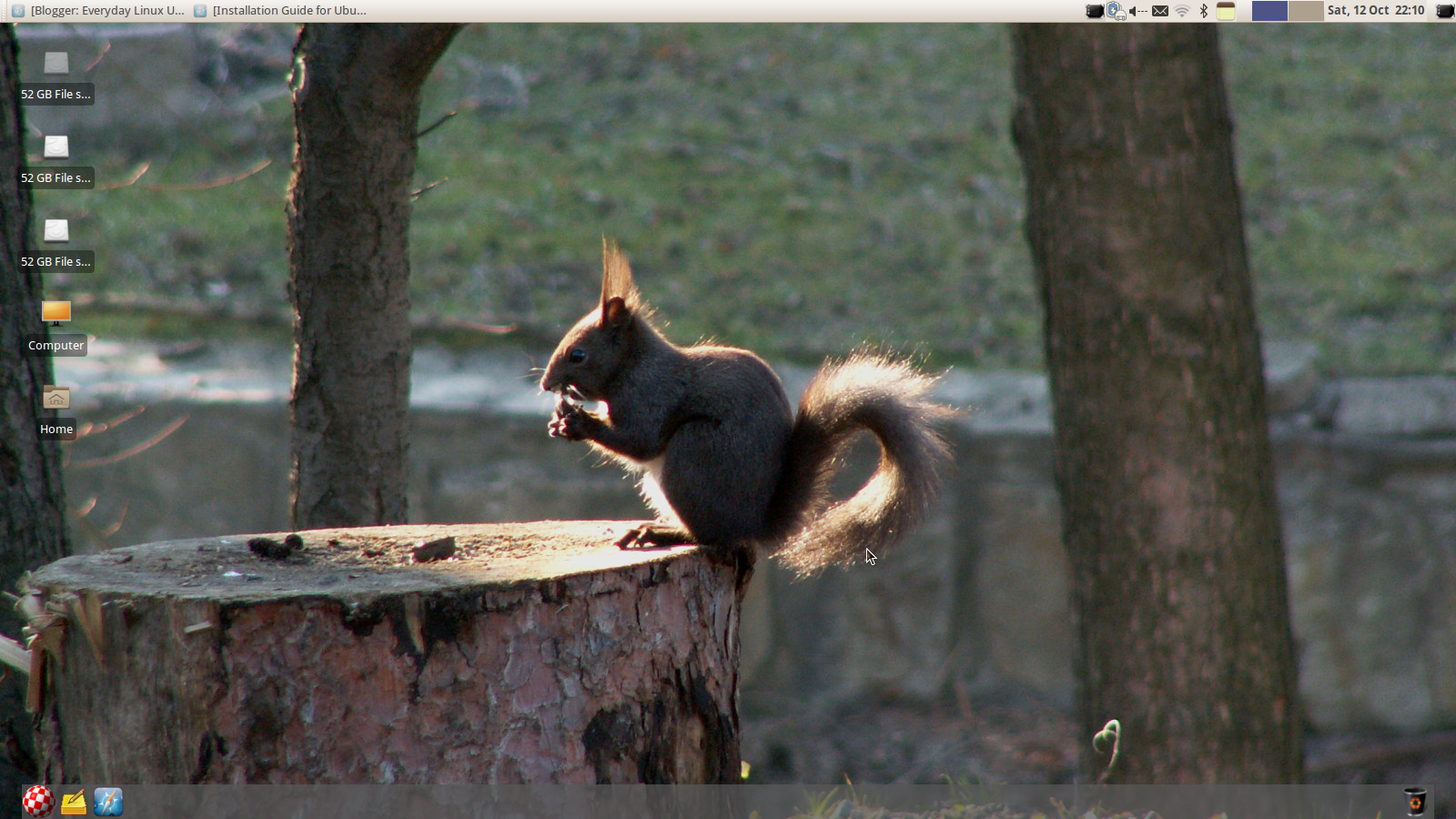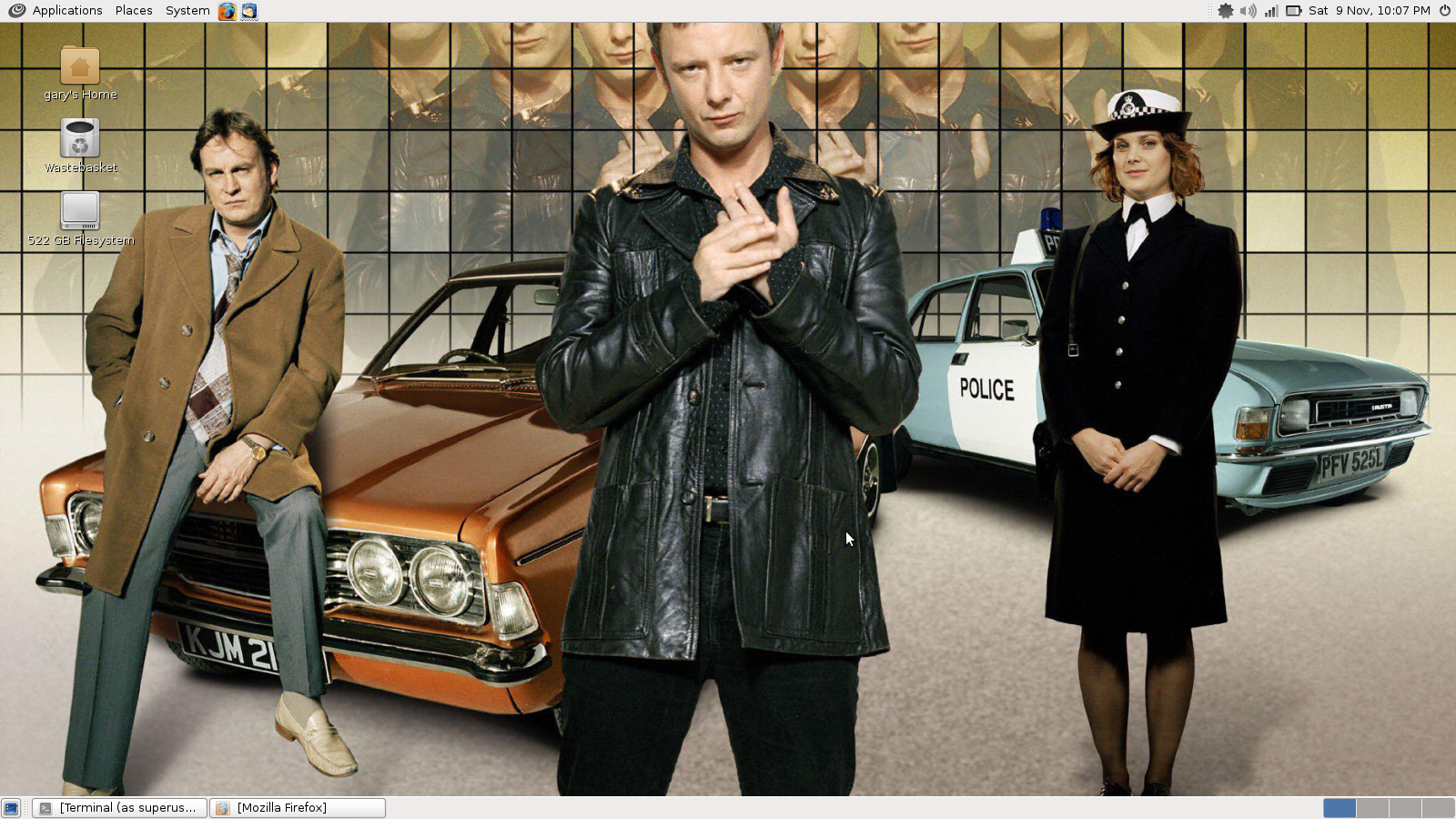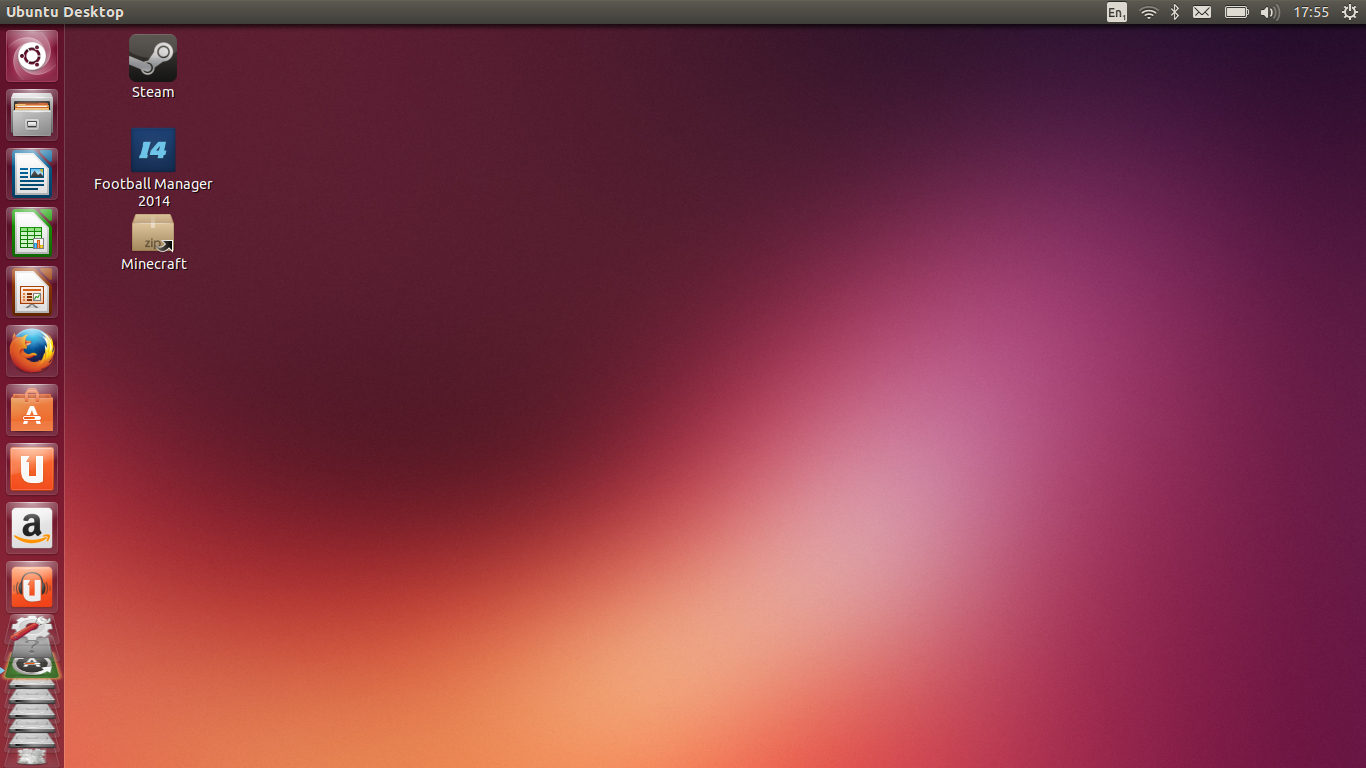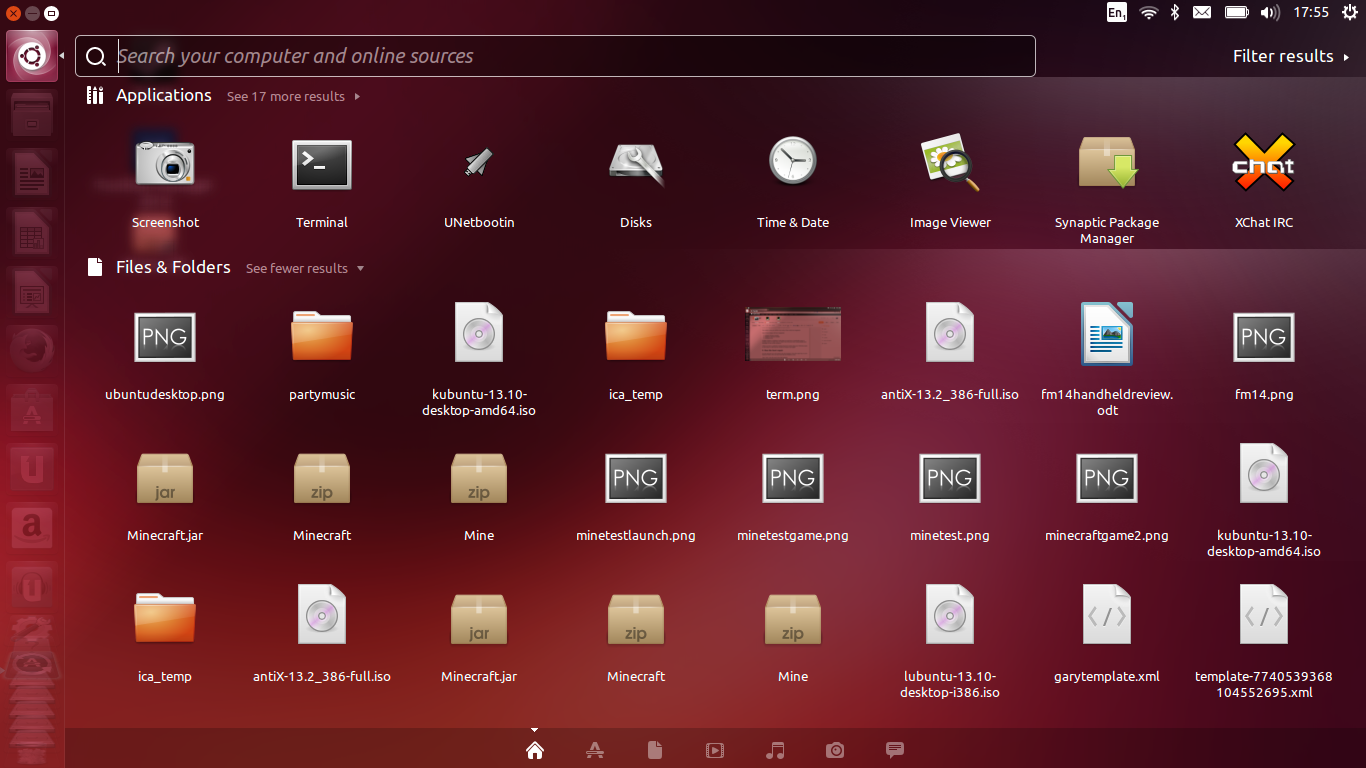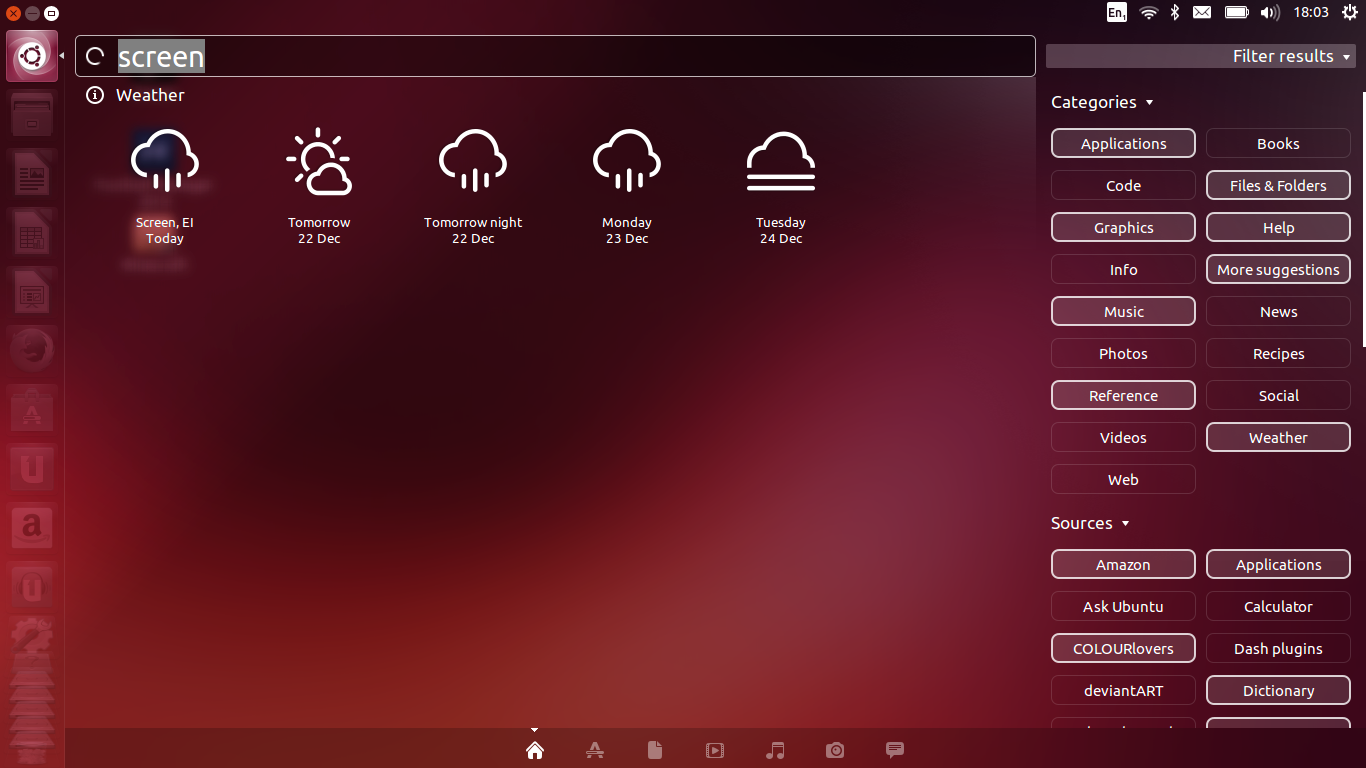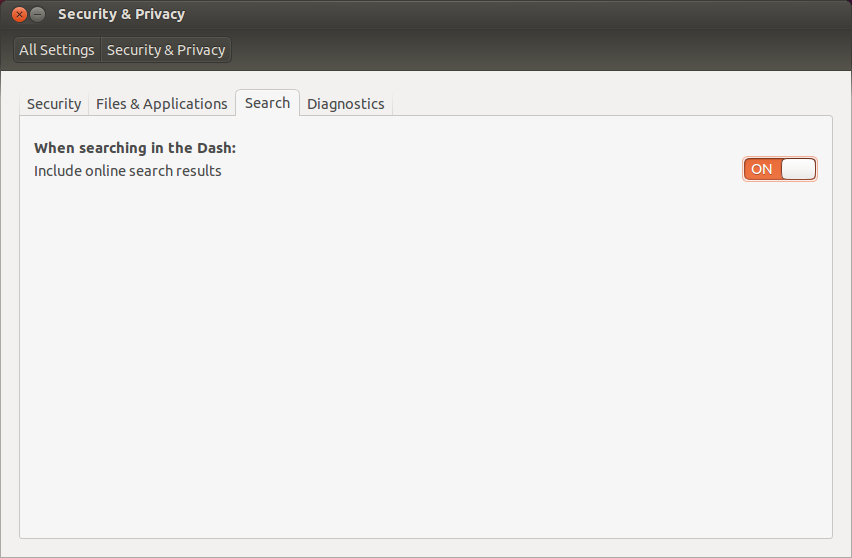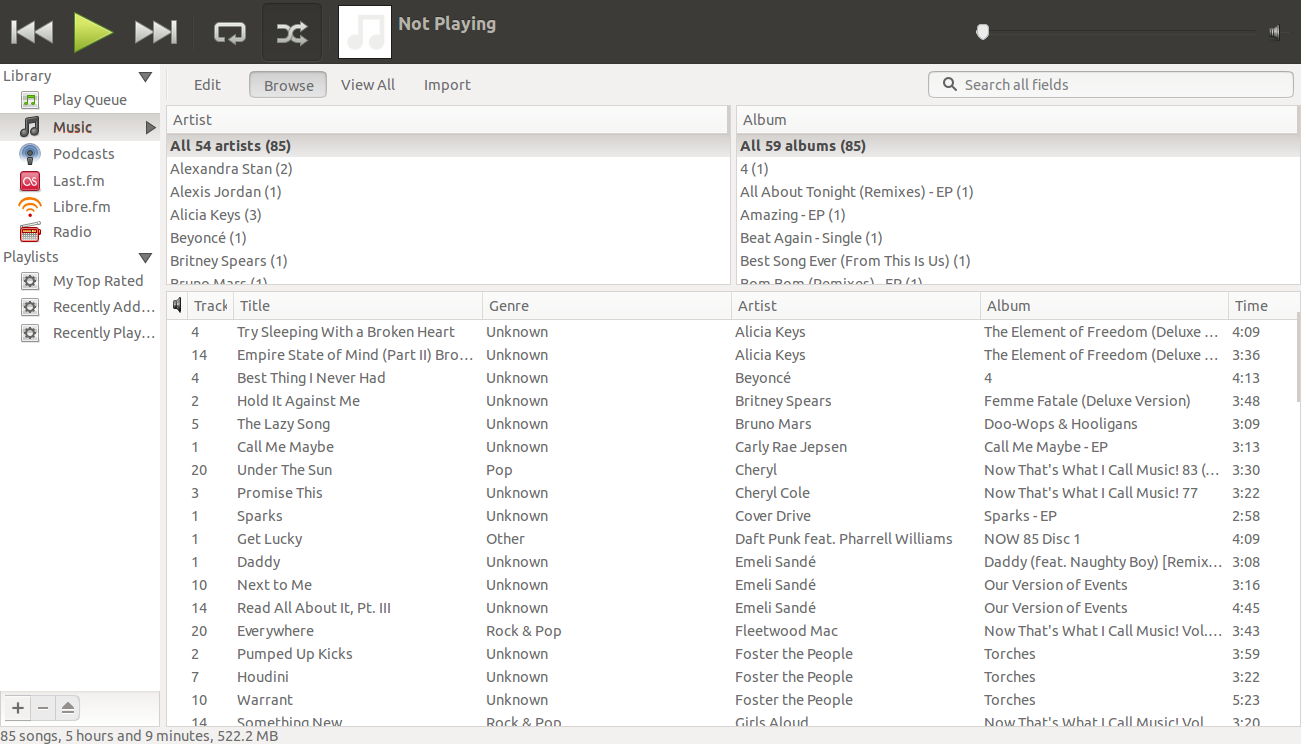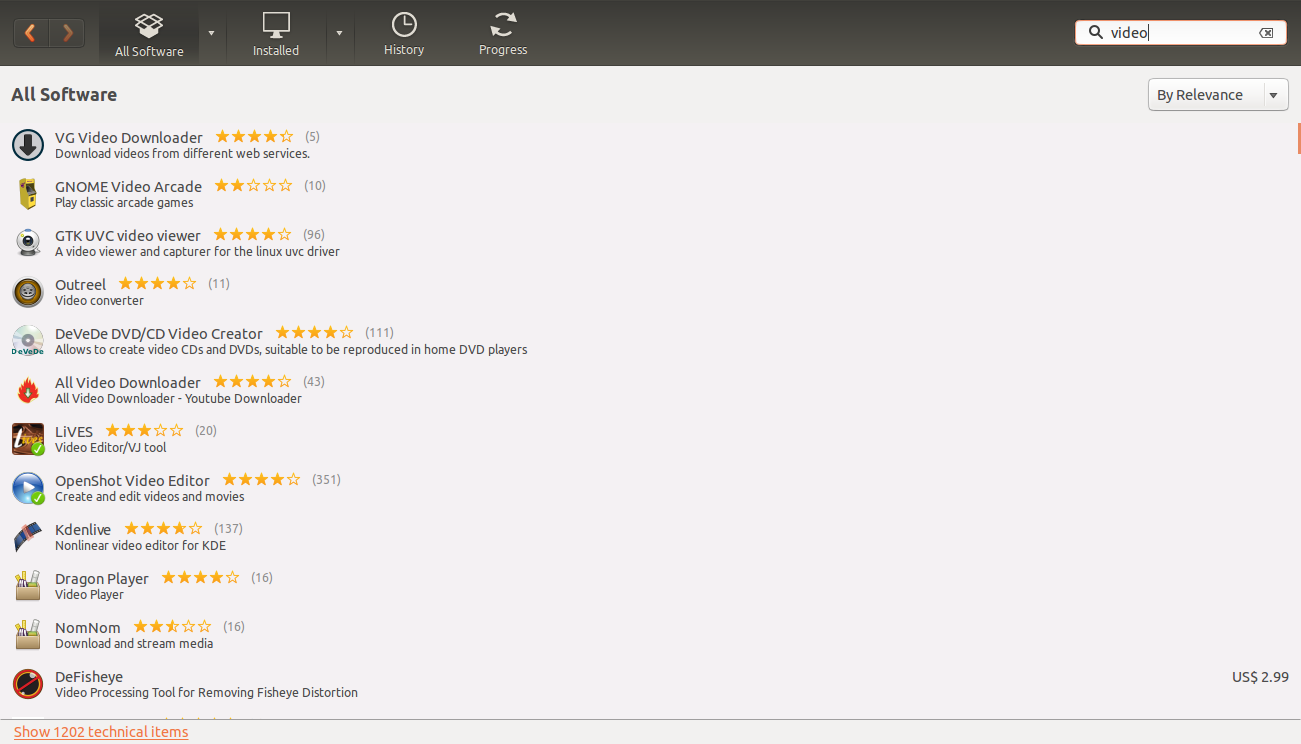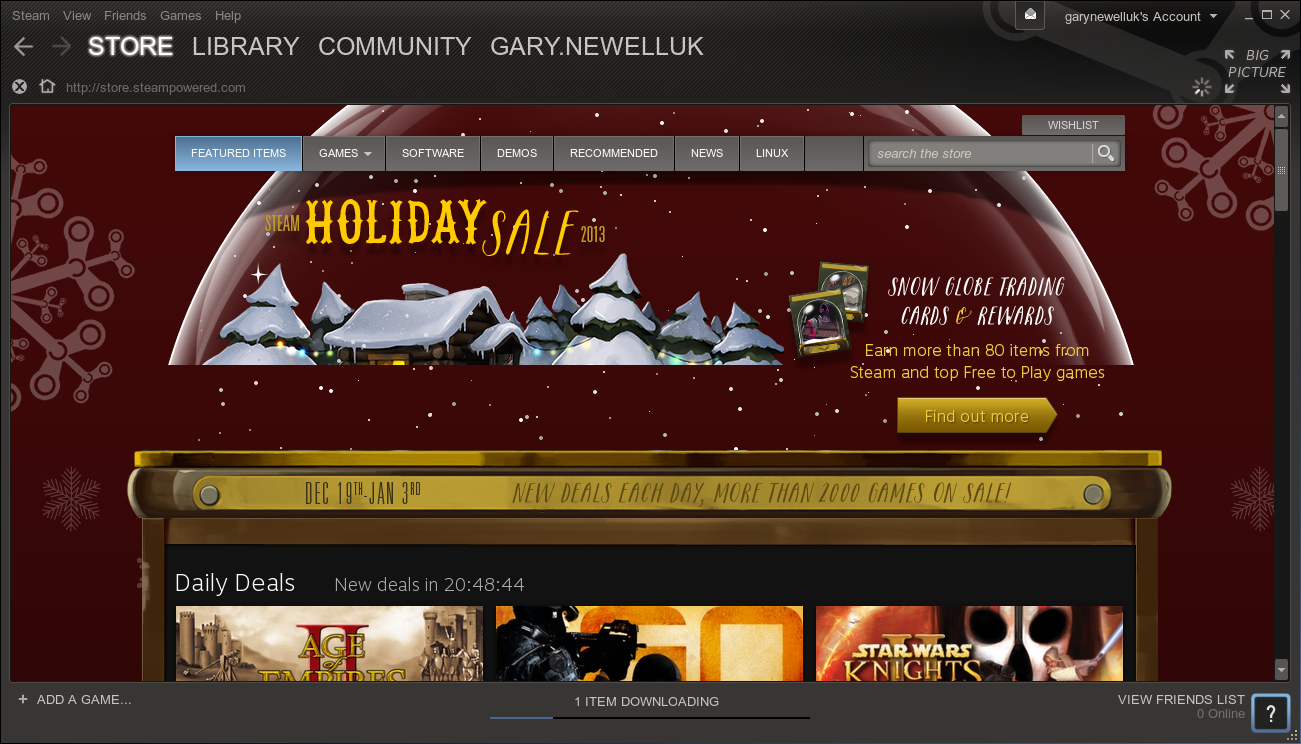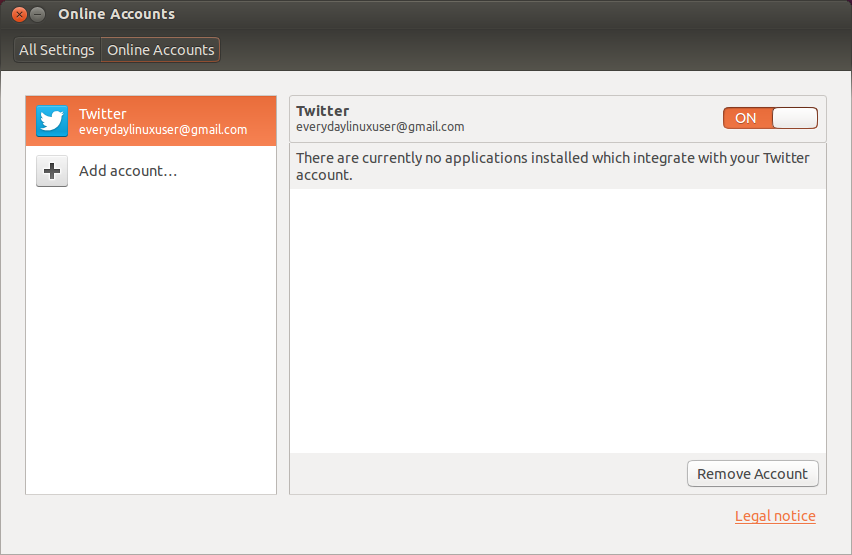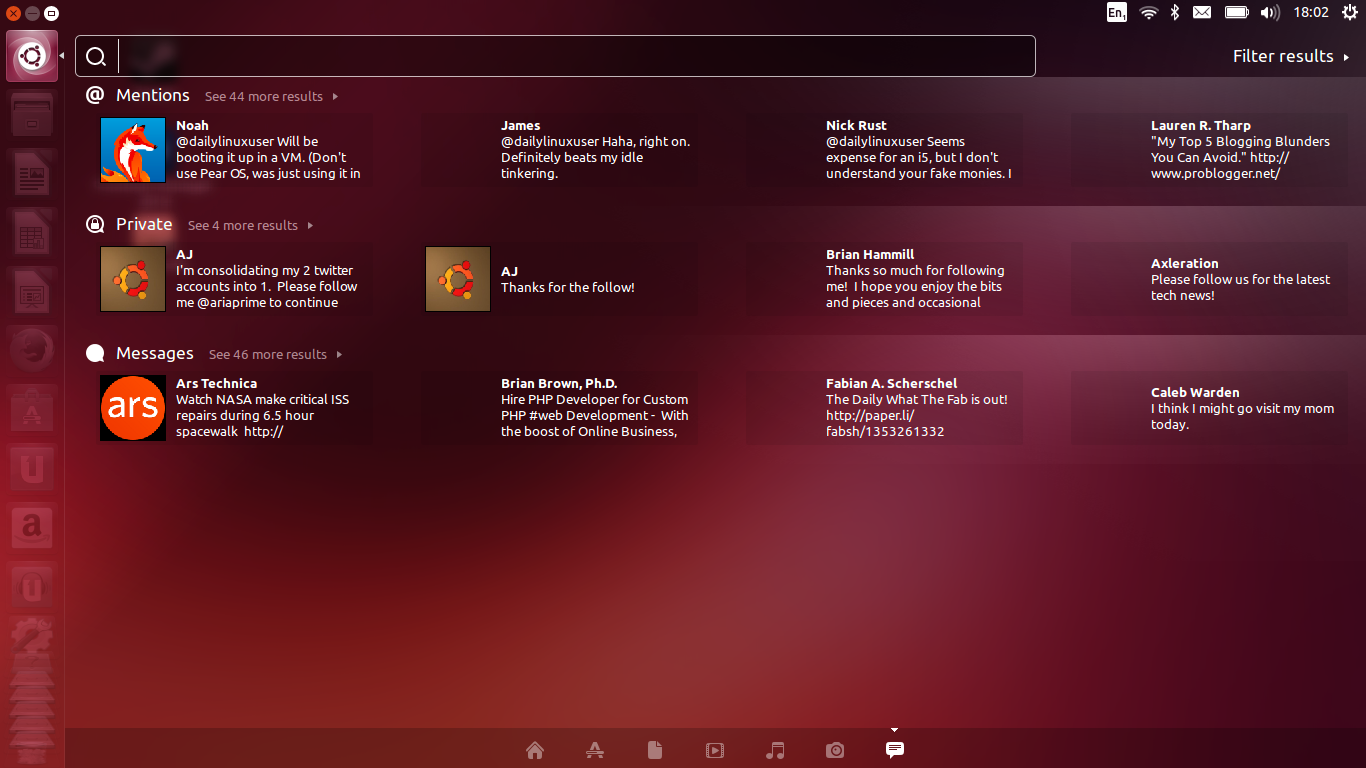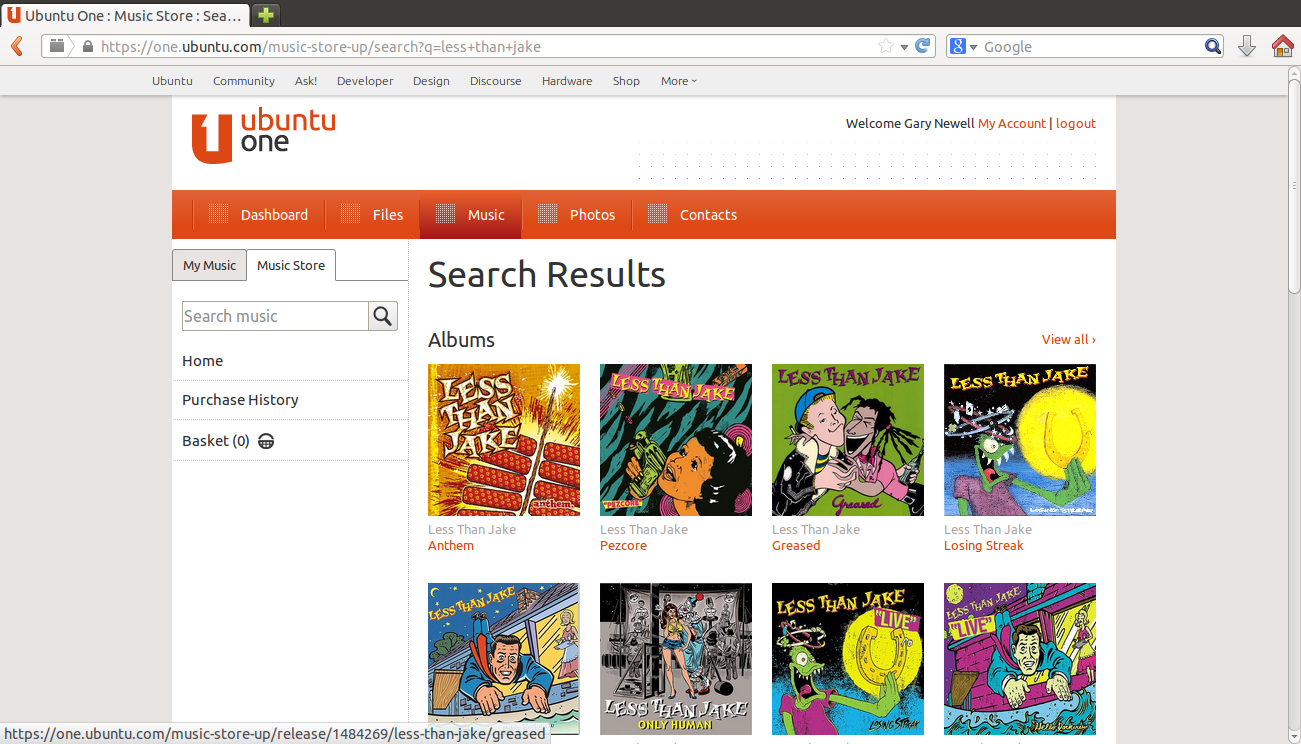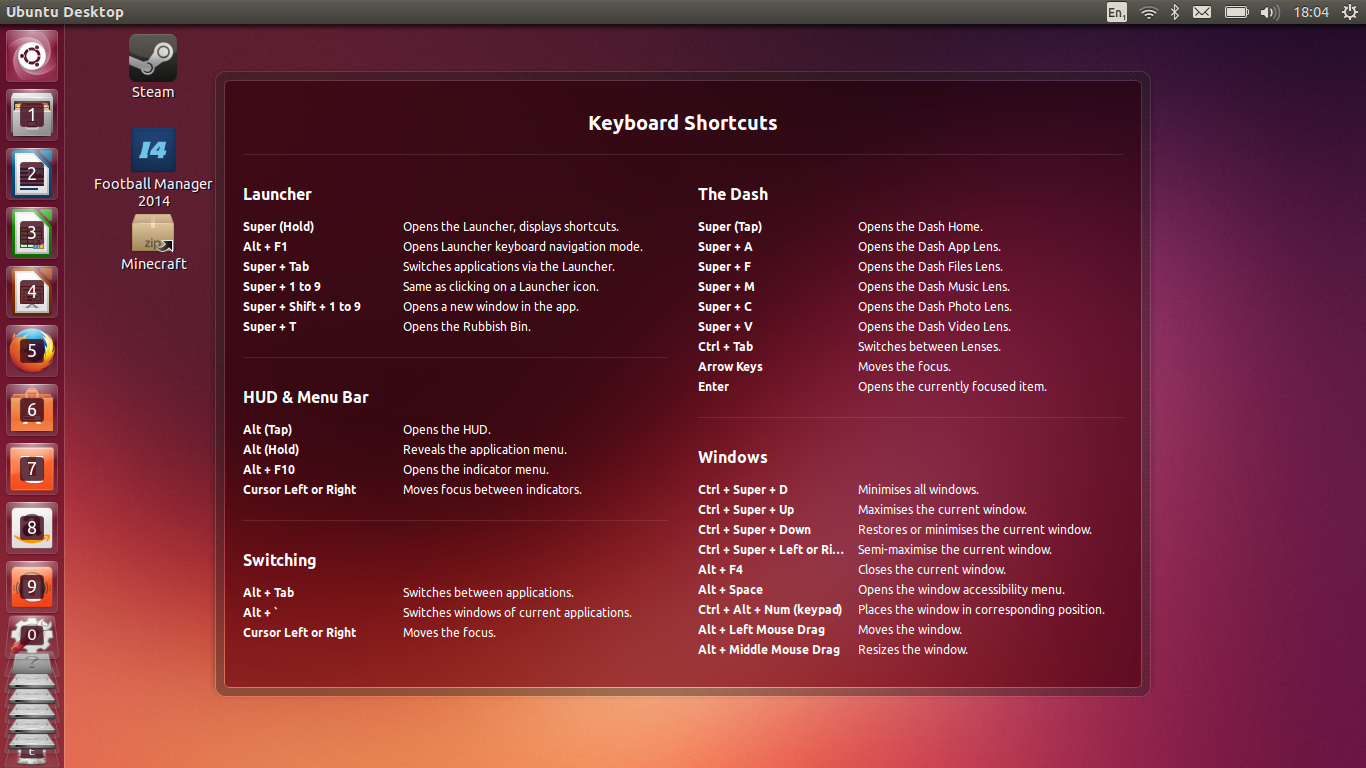Introduction
A short while ago I wrote an article called 12
great linux operating systems for netbooks. That article has been a huge
success.
Time has moved on and some of those operating systems are
now defunct and I have had a chance to test a few more.
The key to a good netbook operating system is that it needs
to fully utilise its resources. Memory usage has to be kept to a minimum when
running idle. The screen is smaller so you need to have a very intuitive
navigation system that doesn’t clutter the screen.
So here is a list of another 6 great Linux operating systems
for Netbooks.
AntiX
AntiX uses the iceWM window manager which will help to keep
the initial memory footprint low.
Whilst it may not look as stylish as a Ubuntu, Mint or
Elementary it is fully functional. Basically what you lose in beauty you gain
in performance.
For navigation purposes you have a taskbar at the bottom and
icons on the desktop which has been fairly standard across operating systems
for a large number of years.
The menu however can be pulled up by clicking anywhere on
the screen which means you can get to your application of choice quite quickly.
There are 4 virtual desktops available which helps with the
utilisation of space because you can have different applications open on
different workspaces.
AntiX comes with a lot of applications and perhaps there are
some of them that won’t necessarily fit well with a netbook. The one place I
would recommend Abiword and Gnumeric over LibreOffice is on a netbook and that
is purely for performance.
Most of the applications are lightweight such as IceWeasel
for web browsing and the Claws Email Client.
SparkyLinux
The version of SparkyLinux I tried had the Razor-Qt desktop
environment and as with AntiX’s iceWM window manager the intention is clearly
substance over style.
The look and feel of Razor-Qt is very traditional with a
panel along the bottom and a menu in the bottom left corner.
SparkyLinux comes with a whole host of applications with
almost too many too mention. Again the developers have plumped for the
LibreOffice suite over the lighter Abiword and Gnumeric tools. GIMP is also installed
for image editing which will eat up the memory.
Lubuntu
In the original article I listed Xubuntu as a great
operating system for netbooks but it’s LXDE based cousin, Lubuntu, is possibly
even better.
The LXDE desktop is incredibly light and almost as easy to
customise as Xubuntu.
The desktop is again a fairly familiar affair with a panel
at the bottom with a menu and system tray icons.
You can however customise Lubuntu to look the way you want
it to and so you can have multiple panels if you so wish.
The applications are very well suited to a netbook with the
Sylpheed email client, the Firefox web browser as well as Abiword and Gnumeric.
The audio application is Audacious which is lightweight but
functional and for watching movies MPlayer is installed.
OS4 OpenLinux
OS4 is based on Xubuntu so in reality you are getting a
fairly stock version of Xubuntu with a few tweaks in the choice of
applications.
OS4 therefore uses the XFCE desktop which is great for
customising and can work any way you want it to.
XFCE is also a lightweight desktop environment and so
performs very well on a netbook.
With Xubuntu you will have to install the restricted extras
package to get Flash videos and MP3s to play but with OS4 these things work
straight away.
The office tools for OS4 include Abiword and Gnumeric. The
browser is Chromium and Claws is the email client.
OS4 also comes with a Commodore Amiga Emulator installed so
if you like to retro game on your netbook this is definitely an option.
Point Linux
Point Linux is unique in this list because it is the only
one that uses the MATE desktop.
The MATE desktop was initially forked from Gnome 2 but has
grown to be a really good desktop environment in its own right.
Point Linux therefore looks very stylish. The menus look
great and the performance on my netbook was really good.
As with the LXDE and XFCE desktops, MATE is highly
customisable and so you can make it work for you the way you want it to.
(Maximise display usage).
Point Linux has 4 virtual workspaces by default (can be
increased) and so you can use these again to maximise the usage of your netbook
so that you are limited by memory and processor power over display issues.
Point Linux has more powerful tools installed such as the
VLC Media Player, the full LibreOffice suite, Thunderbird Email Client and
Firefox for web browsing. I have tried this out on my Acer Aspire One D255 and
they all work fairly well but you wouldn’t want too many of them open at one
go.
Elementary OS
If you want to try something really stylish on your netbook
then look no further than Elementary OS.
The developers of Elementary have clearly spent a lot of
time on design and it looks great.
I wasn’t sure whether to add Elementary OS to this list or
not because when I tried it on my netbook it was a little sluggish compared to
the other operating systems. This might have to do with the initial RAM usage
when sitting idle.
Note that there isn’t an office suite when you first install
Elementary but this means you can pick and choose the tools you want to use
which I think is a good thing.
For web browsing there is Midori and the email client is
Geary. Totem is installed for watching movies and the audio application is a
nice little tool called Noise.
